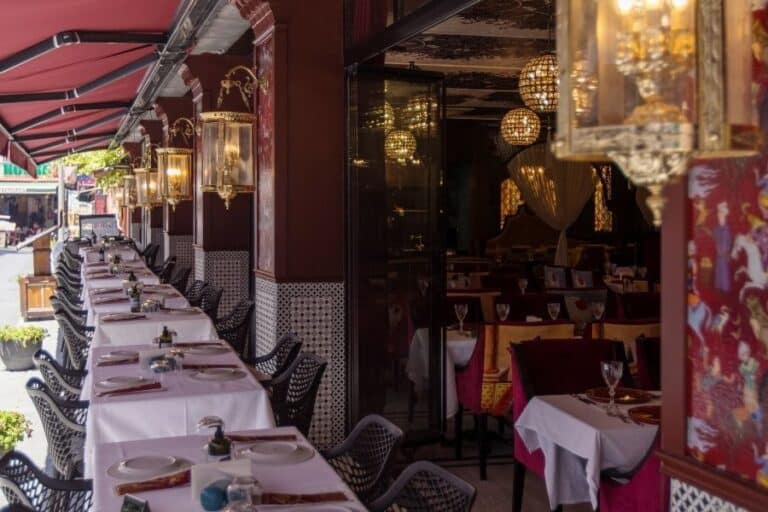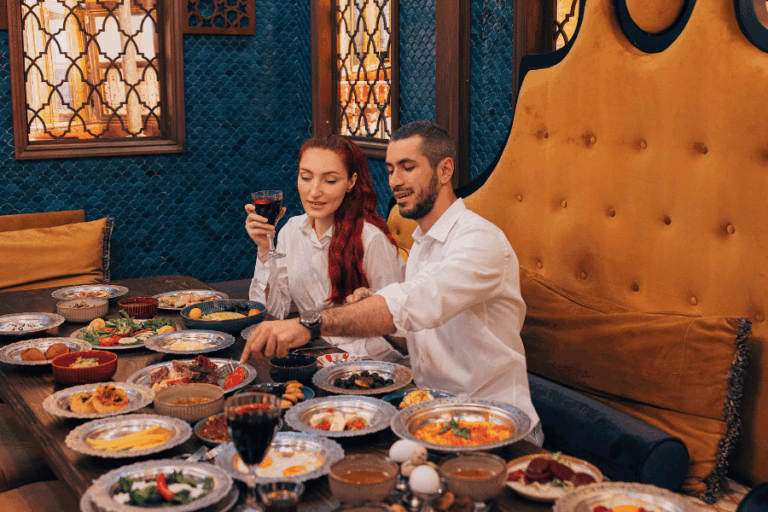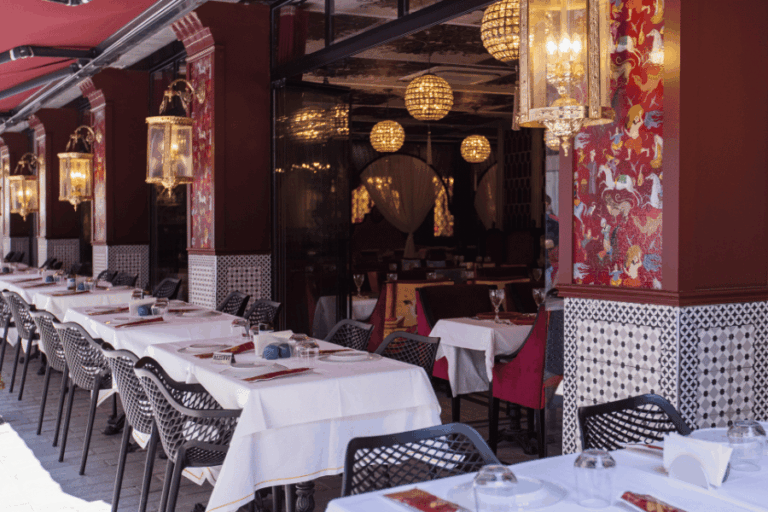When it comes to Ottoman cuisine, the first thing that comes to mind is the term palace cuisine. The palace cuisine was influenced by the most popular flavors and aromas of the period and was included in the dishes. Balkan dishes have been heavily influenced by Anatolian flavors and many flavors from the Middle East. In addition to the flavors used in each of the dishes, the cooking methods have also changed over time. At the same time, it was shaped according to the tastes of the sultans of the period. It is often included in the recipes of Ottoman cuisine among the current gastronomic tastes of our country.
Palace cuisine has a wide variety of drinks as well as food. Sherbets were prepared by cooking fresh and dried fruits with different aromatic spices. Today, this culture still continues. Especially during Ramadan, it is frequently referred to provide the electrolytes and mineral balance that the body needs.
Table Characteristics in the Ottoman Period
Undoubtedly, during his 700-year reign, a unique culinary culture was formed as a result of the great reign that lived and kept many cultures alive. Ottoman Palace cuisine, it was working in a wide area from his employees to the dining areas, from table manners to the meals that were cooked for everyone in the palace. The employees were separated according to the categories of the meals, and the meals were cooked separately for the sultan, in the harem, and in separate areas and menus for the employees. The sections of the palace kitchen consisted of 3 sections, namely the aviary, the unique kitchen, and the valide sultan. Meal menus were determined according to the section of the kitchen. In the Kushane kitchen, meals were cooked for the sultan and his guests. Tables were set up according to table manners that changed with Western influences and the equipment used also varied. While the meals were determined according to the sultan’s taste before this process, they were presented to the guests in the form of menus in the following periods. The places of the guests were determined at the table.
Light and elegant music that accompanies meals today was also used in a section during the Ottoman period. In this period, it was customary to respect the table. Although the palace cuisine is generally known for its meat dishes, it also impresses with its rich dessert menu. Baklava, jam, gullaç, zerde, sour cherry bread kadayıf, revani, palace dessert with sherbet, quince dessert, ashura, halva are among the most well-known varieties. Ice cream and cream were also frequently used in the service of desserts.
The Best Representatives of Ottoman Cuisine
In Istanbul, which was the capital city of the Ottoman Empire for centuries, there are many quality representatives of the palace cuisine. In the popular districts of Istanbul, there are many cuisines that keep this cuisine alive and present it together with today’s Turkish cuisine. Deraliye Restaurant, located in the historical texture of Istanbul and known for its proximity to touristic areas in the Sultanahmet region, offers palace cuisine. Brings you the most distinguished flavors on its menu. It guarantees professional and quality service with its experienced chefs and kitchen teams who have been preparing Ottoman delicacies with original recipes for more than 25 years. Deraliye Restaurant, one of the most popular Ottoman restaurants in the Sultanahmet region, has added countless recipes from palace cuisine to its menu. To examine the menu in detail, you can access the menu category on the website.
It has made it its mission to make you feel like you are in a palace, not only with its menu, but also with its design and environment. You can make a reservation to experience the unique tastes of Deraliye Restaurant, which set out with the slogan “Eat like a sultan”. You can click here to make a reservation at the restaurant in Sultanahmet.








